Lena Dunham Wrote an Incredibly Raw and Personal Essay About Her Hysterectomy
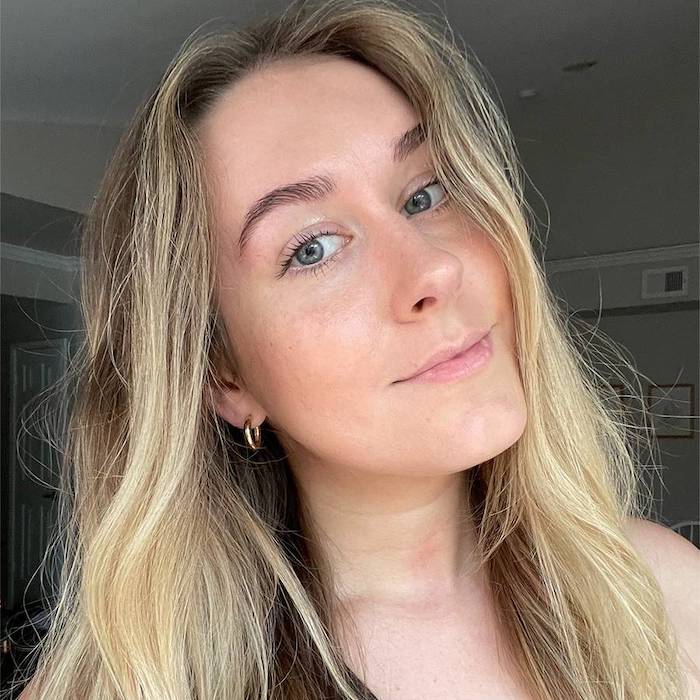
Lena Dunham, the creator of Girls, writer of Not That Kind of Girl, actress, and producer, just released an incredibly personal essay about her reproductive health. It was written as a part of Vogue’s March issue, though it was just released online as of today. In it, she opens up about the health struggles and life-changing medical experiences she’s gone through that resulted in her choosing to undergo a hysterectomy operation, or a total surgical removal of the uterus. Dunham was diagnosed with endometriosis, an acutely painful condition where the lining of the uterus, which is supposed to stay inside of the organ, grows outside of it. The tissue is then trapped, resulting in everything from excessive bleeding to fatigue, painful sex, painful periods, nausea, and more.
Last April, she underwent surgery to correct the endometriosis, though she was soon back in the hospital after experiencing emergency complications. It was then that doctors discovered her endometriosis was much more serious than they previously thought. The pain only increased from there. “In August, the pain becomes unbearable,” Dunham writes. “I am delirious with it, and the doctors can’t really explain. The ultrasound shows no cysts, no free fluid, and certainly no baby. But that doesn’t help the fact that it hurts so bad that the human voices around me have become a sort of nonsense Teletubbies singsong. With pain like this, I will never be able to be anyone’s mother. Even if I could get pregnant, there’s nothing I can offer.” The entirety of the essay is the same—raw, real, and painful, but it’s hopeful too.

“From August to November I try desperately to manage this new level of pain. I try so hard it becomes a second job. I go to pelvic-floor therapy, massage therapy, pain therapy, color therapy, acupuncture, yoga, and a brief yet horrifying foray into vaginal massage from a stranger. I am determined to outmaneuver whatever is eating me from the inside. But I can only run so well with cement blocks strapped to my feet. Finally, I ask my doctor if my uterus needs to come out. She says, ‘Let’s wait and see.’”
“Two days later (which has always been my definition of ‘wait and see’; I am not a patient girl), I check myself into the hospital and announce I am not leaving until they stop this pain or take my uterus. No, really, take her.” This decision wasn’t taken lightly by her or her medical team. She explains that after so much work, time, pain, and stress spent finding other therapies and options, there simply wasn’t anything left, aside from a total hysterectomy, in which her uterus and cervix would be removed. “My family just wants to see me happy again. They are, for the first time after all my shenanigans, truly scared, and my father checks my breath as I sleep, leaning close to my chest. I apologize weakly for what they are witnessing—someone who hurts too much to express themselves, who can’t help but be a nuisance at best and a terror at worst.”
As if all of the physical pain and symptoms aren’t enough. There’s also the emotional and mental toll that a woman goes through when preparing for a hysterectomy since it means the natural progression of pregnancy and childbirth is out of the question. For her, it seems that that was the most heartbreaking aspect of it all. “The fact is, I never had a single doubt about having children. Not one, since the day I could understand how families were made … But I know something else, too, and I know it as intensely as I know I want a baby: that something is wrong with my uterus. I can feel it, deeply specific yet unverified, despite so many tests and so much medical dialogue. I just sense that the uterus I have been given is defective.”
She undergoes the hysterectomy, only to wake up to doctors eager to tell her that she was right. Her pain was real and a hysterectomy was necessary. “My uterus is worse than anyone could have imagined. It’s the Chinatown Chanel purse of nightmares, full of both subtle and glaring flaws. In addition to endometrial disease, an odd humplike protrusion, and a septum running down the middle, I have had retrograde bleeding, aka my period running in reverse so that my stomach is full of blood. My ovary has settled in on the muscles around the sacral nerves in my back that allow us to walk. Let’s please not even talk about my uterine lining.”
Endometriosis is a condition that affects 176 million women worldwide. 600,000 women have had hysterectomies in the U.S. alone. We can only imagine how important, relatable, and emotional Dunham’s essay is to these women. Aside from reminding us all to mind our reproductive health and support one another, it also brings awareness to an issue that affects so many but is rarely discussed.
As for Dunham, the worst seems to be behind her. She’s recovering “like a champ.” Aside from minor setbacks, she’s healing and feeling less pain. She’s also exploring her options when it comes to having children of her own. “I may have felt choiceless before, but I know I have choices now. Soon I’ll start exploring whether my ovaries, which remain someplace inside me in that vast cavern of organs and scar tissue, have eggs. (Your brain, unaware that the rest of the apparatus has gone, in theory, keeps firing up your eggs every month, to be released and reabsorbed into the cavern.)” There are also other routes she can take. “Adoption is a thrilling truth I’ll pursue with all my might. But I wanted that stomach. I wanted to know what nine months of complete togetherness could feel like. I was meant for the job, but I didn’t pass the interview. And that’s okay. It really is. I might not believe it now, but I will soon enough. And all that will be left is my story and my scars, which are already faded enough that they’re hard to find.”
Disclaimer
This article is provided for informational purposes only and is not intended to be used in the place of advice of your physician or other medical professionals. You should always consult with your doctor or healthcare provider first with any health-related questions.

Kaitlyn McLintock is an Associate Beauty Editor at Who What Wear. Although she covers a wide range of topics across a variety of categories, she specializes in celebrity interviews and skincare and wellness content. Having lived in Los Angeles and Austin, Texas, she recently relocated back to her home state of Michigan where she works remotely. Prior to Who What Wear, she freelanced for a variety of industry-leading digital publications, including InStyle, The Zoe Report, Bustle, Hello Giggles, and Coveteur. Before that, she held a long-term internship and subsequent contributor position at Byrdie. When she's not writing, researching, or testing the latest and greatest beauty products, she's working her way through an ever-growing book collection, swimming in the Great Lakes, or spending time with family.
-
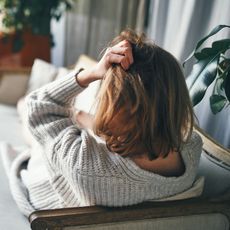 This All-Natural Way to Relieve Period Cramps Is a Total Game Changer
This All-Natural Way to Relieve Period Cramps Is a Total Game ChangerGive it a try.
By Sarah Yang
-
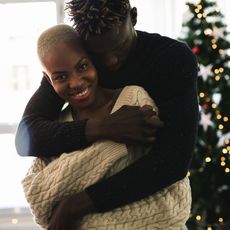 20 Holiday Gifts That Are on the Spicier Side
20 Holiday Gifts That Are on the Spicier SideFor your partner (or yourself).
By Sarah Yang
-
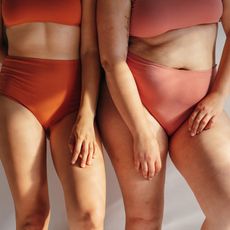 I've Worn Period Panties for Years—Here's My Guide to the Best on the Internet
I've Worn Period Panties for Years—Here's My Guide to the Best on the InternetThey'll make that time of the month way better.
By Sarah Yang
-
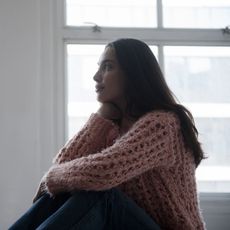 12 Signs Your Estrogen Levels Are Low—And What to Do About It
12 Signs Your Estrogen Levels Are Low—And What to Do About ItIt can seriously affect your health.
By Sarah Yang
-
 Here's Why Your Periods Can Make You Feel So Constipated
Here's Why Your Periods Can Make You Feel So ConstipatedPlus, how to make it better.
By Sarah Yang
-
 The 21 Best Sexual Wellness Products to Make Your Sex Life Better
The 21 Best Sexual Wellness Products to Make Your Sex Life BetterTake charge.
By Sarah Yang
-
 Here's How to Navigate Your Sex Life in Quarantine, According to the Experts
Here's How to Navigate Your Sex Life in Quarantine, According to the ExpertsWhether you're single or in a relationship.
By Sarah Yang
-
 Cara Delevingne Wants You to Embrace Your Sexuality
Cara Delevingne Wants You to Embrace Your SexualityInside the actress and model's latest venture.
By Sarah Yang

